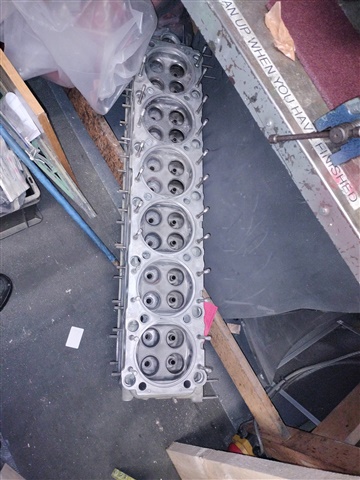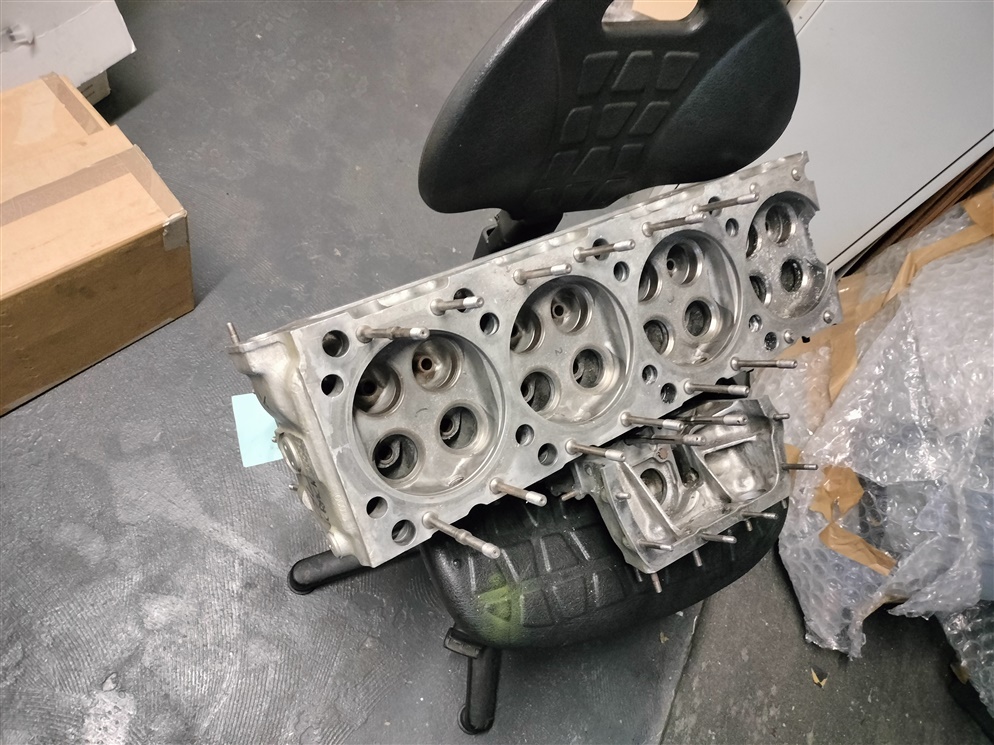I'm currently in the beginnings of a project on weld repairing Rolls Royce Merlin engines
I was hoping for any information related to restoration of old aircraft, any information on certification of repairs on old aircraft, any information on the merlin engine specifically or weld repairing aluminium (the part of the engine in question is a cyiinder head of cast aluminium RR50, an alloy specification no longer manufactured.
Anything from government papers, academic papers to just general advice would be fantastic.
Thanks in advance for your help

